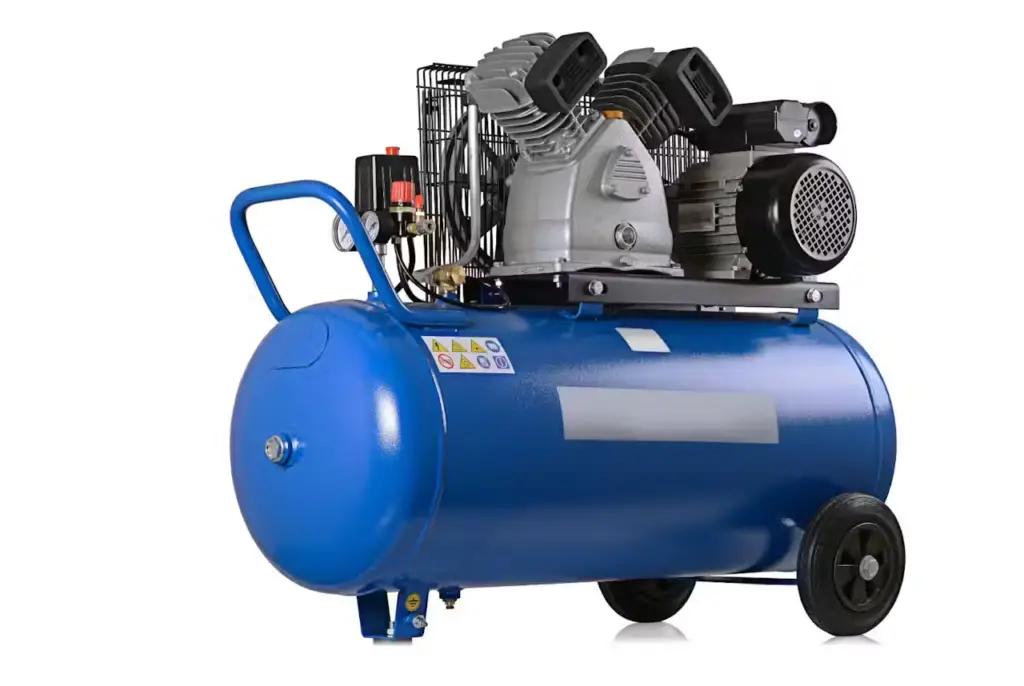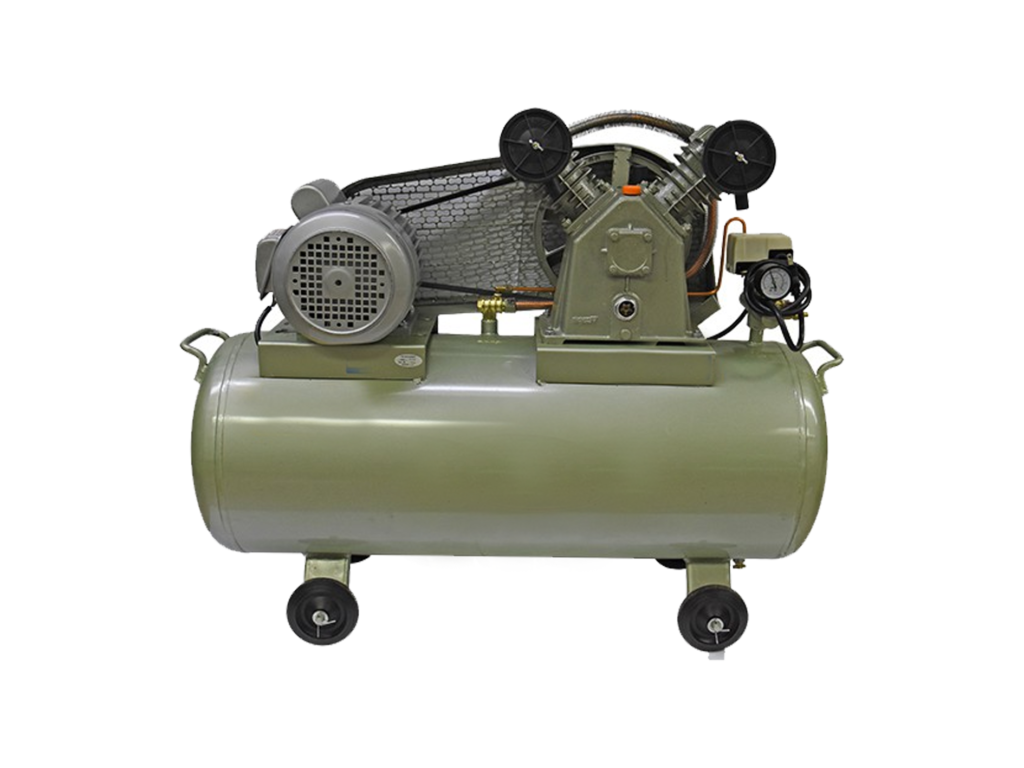What are compressors?
Compressors are machines that pressurize and compress air to transform power into kinetic energy. It is a mechanical device that lowers a gas’s volume while raising its pressure.
After that, the compressed air can be utilized for a number of tasks, like pneumatic equipment operation, tire inflation, and tool power.
One particular kind of gas compressor is an air compressor.
Pumps and compressors have characteristics in that both raise the pressure on a fluid and can move it via a pipe.
The primary difference is that a compressor works to change a fluid’s density or volume, which is typically only possible with gases.
Compressors are frequently employed for gases because liquids cannot be compressed as much as gases can. A pump’s primary function is to pressurize and move liquids.
How do air compressors work?
Using a piston, diaphragm, or vane, air compressors compress air by pulling it in from the surrounding atmosphere.
After that, the compressed air is kept in a pressure tank until it’s required.
The air in the tank expands as it is released, producing power that can run machinery, tools, or other devices.
How long have air compressors been used?
For millennia, people have utilized air compressors.
The German scientist and inventor Otto von Guericke is credited with using an air compressor for the first time in history in 1650.
He created a vacuum with a hand-operated air pump and used it to illustrate the force of atmospheric pressure.

What is an air compressor?
A pneumatic device that transfers power (through an electric motor, diesel or gasoline engine, etc.) into potential energy stored in pressured air is known as an air compressor (i.e., compressed air).
An air compressor, using one of several methods, forces more and more air into a storage tank, increasing the pressure.
When the tank’s pressure reaches its designed maximum, the air compressor shuts down. The compressed air is then stored in the tank until it is needed.
As the compressed air is released and the tank depressurizes, the kinetic energy generated by the compressed air can be used for a variety of purposes such as pneumatic tools.
When the tank pressure reaches its minimum, the air compressor restarts and re-pressurizes the tank.
An air compressor differs from a pump in that it can function with any gas or air, whereas pumps only work with liquids.
The table below shows the latest retail April 2024 prices of Compressor in Philippines Peso price per pieces including its size, standard dimension and thickness
Price and Standard Specification of Compressor per pc in the Philippines
| DESCRIPTION | PRICE |
|---|---|
| Single Stage Compressor, 1.5kW Motor, 3.7 L/s flow rate, 100 L tank | 65,000.00 |
| Single Stage Compressor, 2.2kW Motor, 5.8 L/s flow rate, 150 L tank | 132,000.00 |
| Single Stage Compressor, 3.7kW Motor, 10.3 L/s flow rate, 150 L tank | 145,000.00 |
| Single Stage Compressor, 5.5kW Motor, 14.5 L/s flow rate, 300 L tank | 220,000.00 |
| Single Stage Compressor, 7.5kW Motor, 19.1 L/s flow rate, 300 L tank | 275,000.00 |
| Single Stage Compressor, 11kW Motor, 24.6 L/s flow rate, 300 L tank | 300,000.00 |
| Single Stage Compressor, 15kW Motor, 33.5 L/s flow rate, 400 L tank | 490,000.00 |
UPDATED: Construction Material Prices for Compressor in the Philippines (April 2024)
UPDATED: All Construction Prices are based on retail prices around hardware in Metro Manila
To see other material construction, please see here.
To know other construction guides, tips, and methodology for beginners, veterans, and contractors, please see here.

